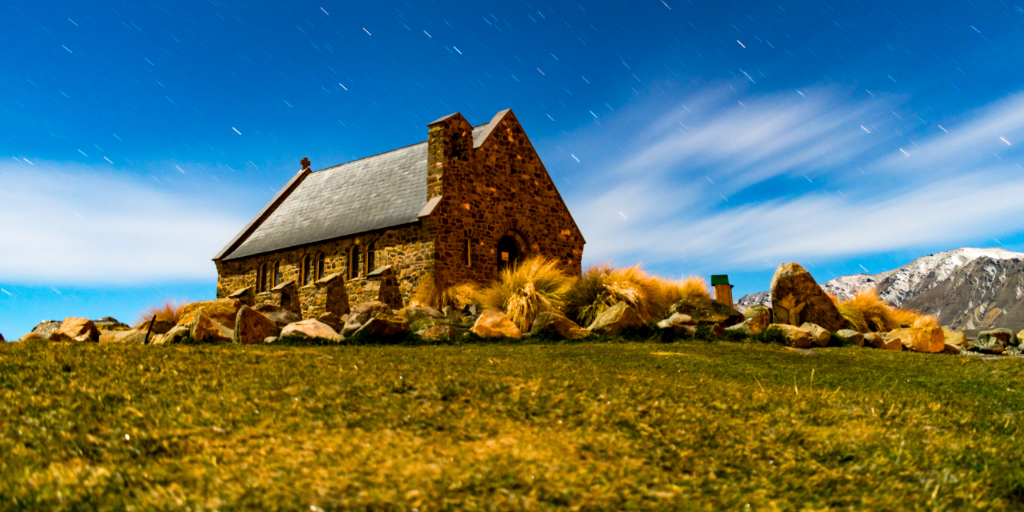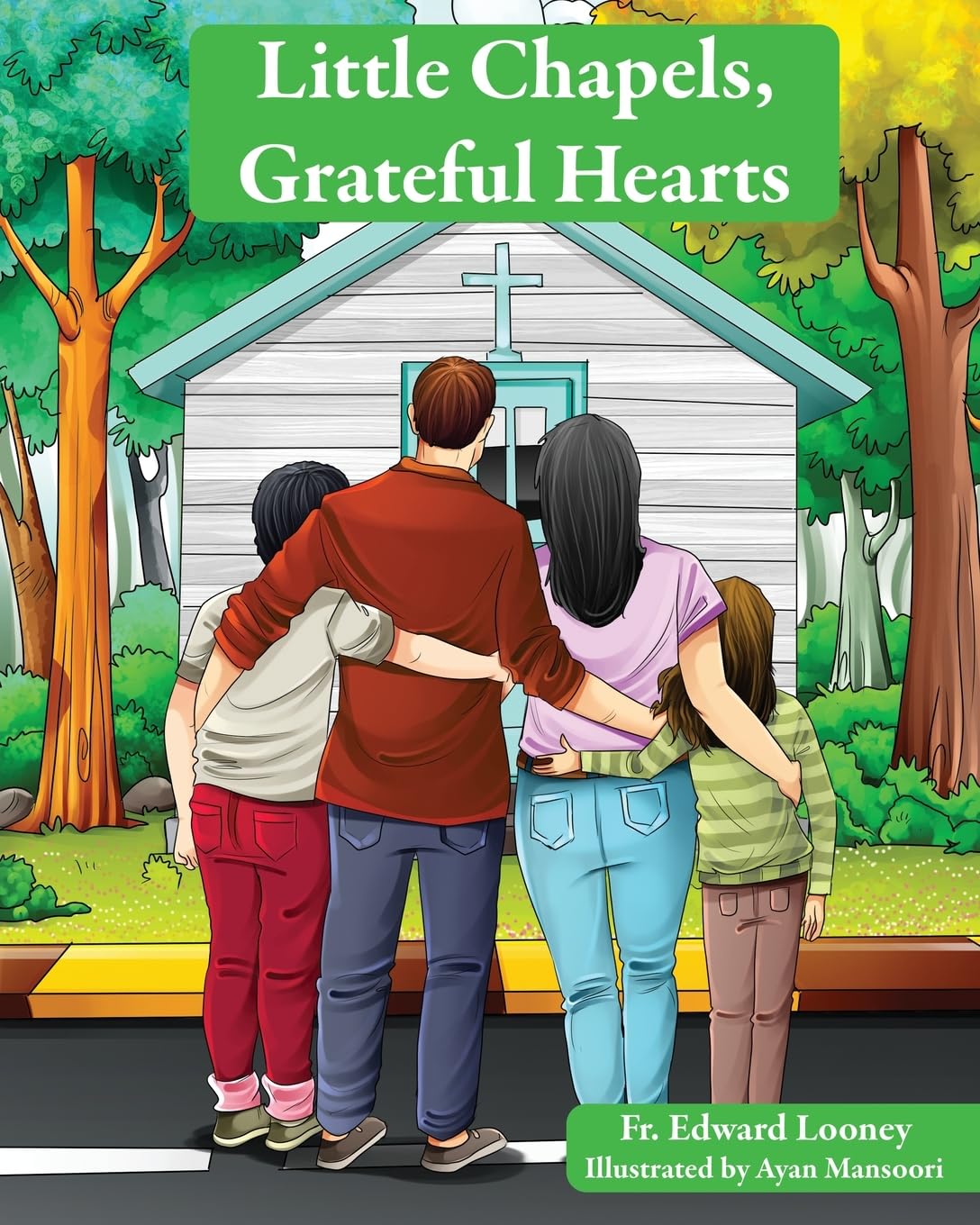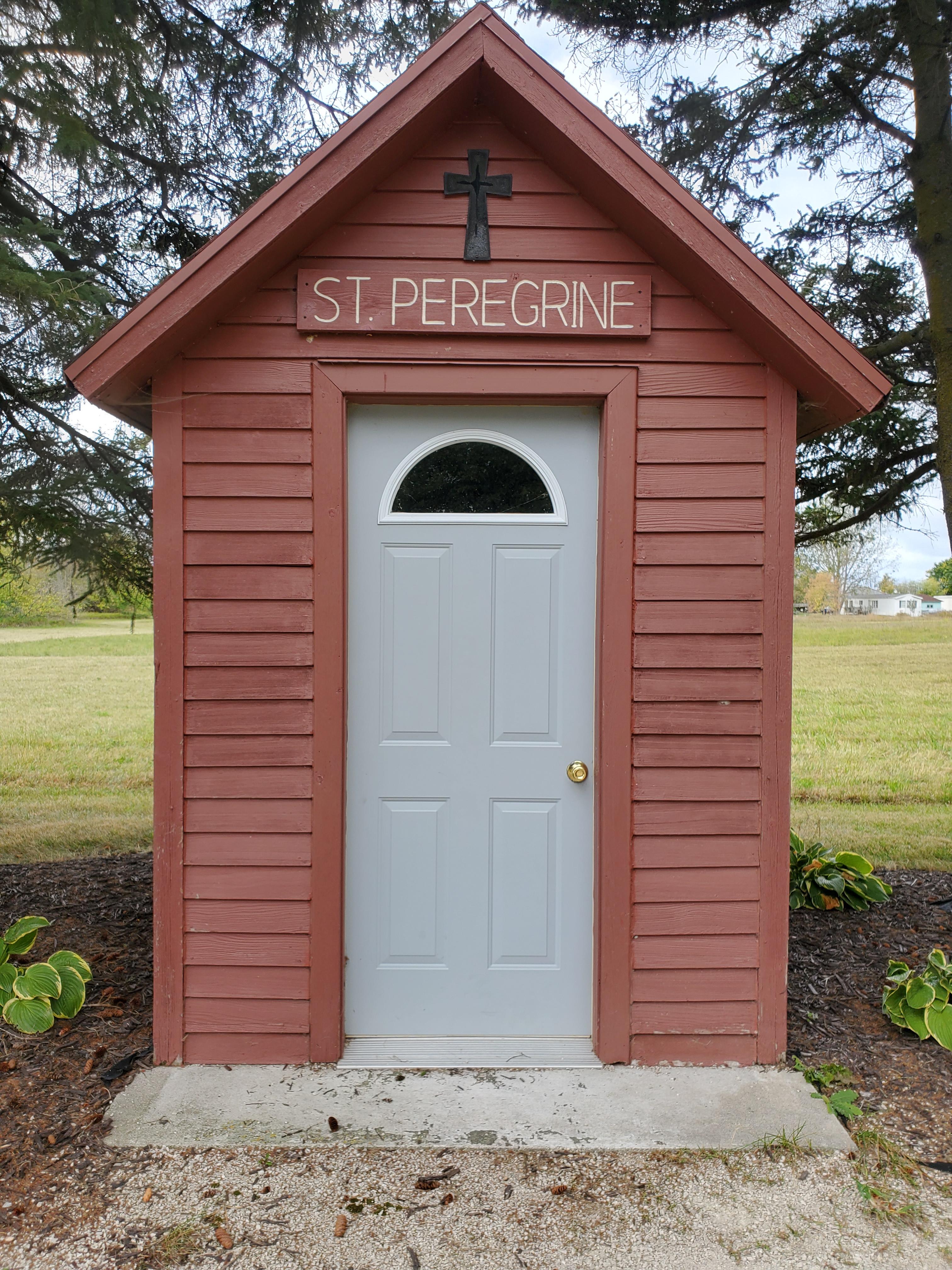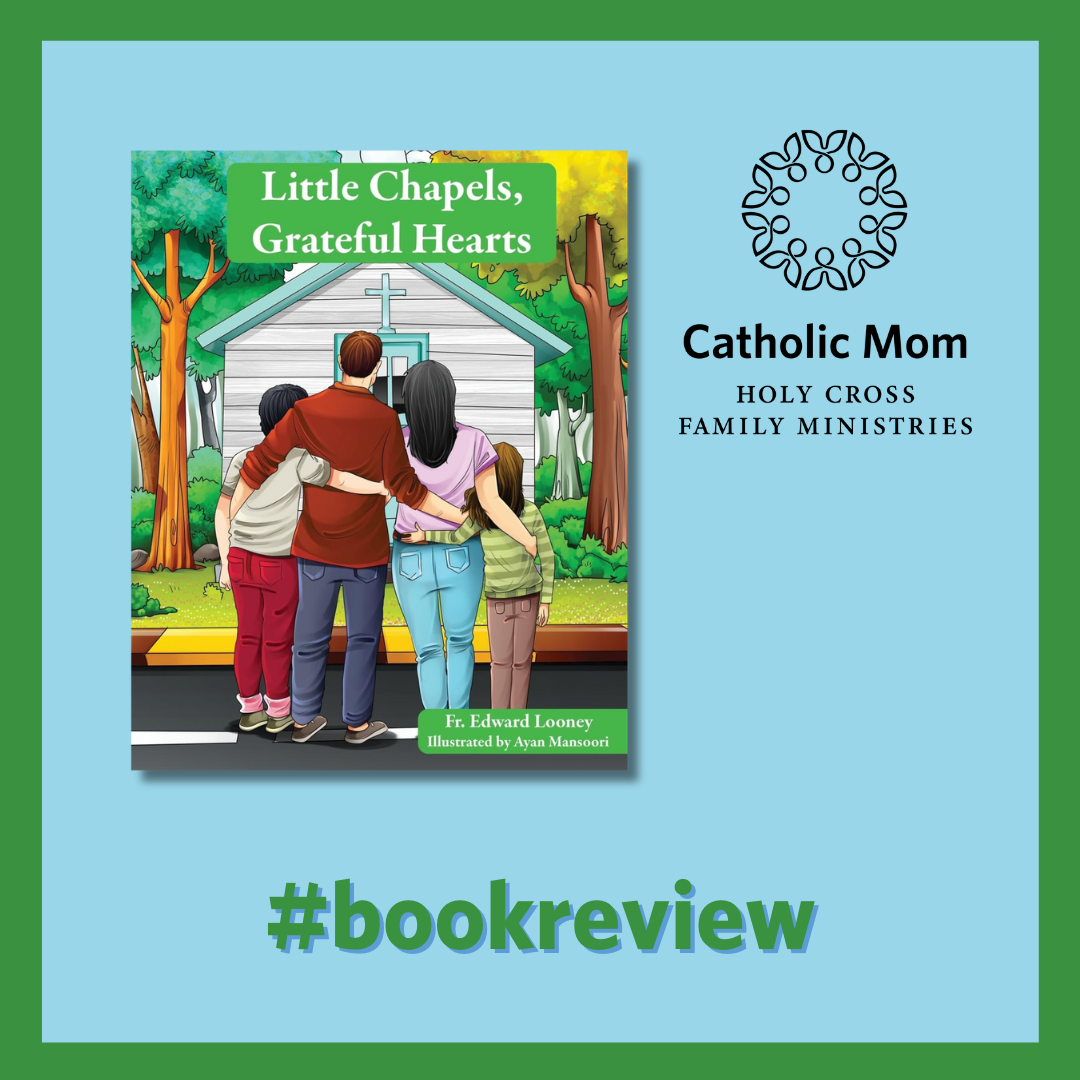
FB Smit reviews Fr. Edward Looney's new children's book about a custom Belgian immigrants adapted when they settled in the northeast Wisconsin area.
A large number of Belgians immigrated to the United States, with the largest influx of settlers coming in the 1850s. As it is with most pioneers, they brought customs and cultures from the old country, including their unique religious practices and devotions.
In the picture book Little Chapels, Grateful Hearts, Fr. Edward Looney highlights a custom the Belgians carried over and adapted into the northeast Wisconsin area where the majority of them settled.

In their home country of Belgium, statues of Jesus, Mary, and the saints are found in trees. This practice of carving a hollow into a tree and placing a statue inside of its opening as an expression of love and devotion was commonplace.
In the new land, instead of statues in trees, Belgians built little chapels. While a passerby of a tree in their homeland could see a statue in a tree and pray there, in northeast Wisconsin, a passerby could visit a chapel on the side of the road to say a prayer.
More than 30 little chapels are clustered in northeastern Wisconsin and there are stories of grateful Catholics and patron saints behind each one. Father Looney highlights some of the stories and inspirations behind these homages of faith.
Built from the ground up by ordinary people, these structures tell stories of God's work in the everyday lives of the faithful. Some of these worship sites honor saints who interceded in some miraculous way, such as the popular St. Peregrine Chapel erected in honor of this patron saint of cancer. It’s a well-visited chapel for those who are diagnosed with cancer. Another site is St. Odile Chapel, which was built in honor of the patron saint of eyesight in gratitude for a man who miraculously recovered from blindness.

Some structures are tributes to churches that closed down, keeping alive memories of worship places that are no longer. Others were built because people needed peaceful places to pray on the homeowner’s property (as a nearby church was not only many miles away, but a priest was not always available to celebrate Mass at the church). Most were built close to the road so others were given chances to visit the chapels.
Father Edward Looney dedicates his book to the Belgian communities he served as pastor from 2017–2023. I imagine this book is this author's own kind of structure built through words (and illustrator renditions by Ayan Mansoori) for others to enjoy.
As the title of Fr. Looney’s book suggests, a grateful heart is the impetus for the labor of love behind each chapel. Grateful hearts desire to give gifts in return. These gifts allow others to benefit, and this reciprocal process recycles and grows gratitude. Just as the little chapels were built to celebrate both big and ordinary events, this book encourages me to honor both the miraculous and regular moments in my life.
For those interested in learning more, I came across a noteworthy accompaniment to this book: an award-winning documentary Faith Along the Road: The Belgian Roadside Chapels of Northeastern Wisconsin. The video provides a cultural background and attests to the Belgians’ unique custom on honoring Jesus and the saints.
Little Chapels, Grateful Hearts is available on Amazon.com.

Copyright 2023 FB Smit
Images: St. Peregrine Chapel photo copyright 2023 FB Smit; all others Canva
About the Author

Frances Smit
Frances Smit serves in-the-pews Catholics seeking more by sharing stories that hold spaces for encounters with God. Whether penning witness stories, writing children’s books, or catechizing littles, she invites others to experience God’s love through story. Because with God, there’s always more. Connect with her at FrancesSmit.com.


.png?width=1806&height=731&name=CatholicMom_hcfm_logo1_pos_871c_2728c%20(002).png)
Comments